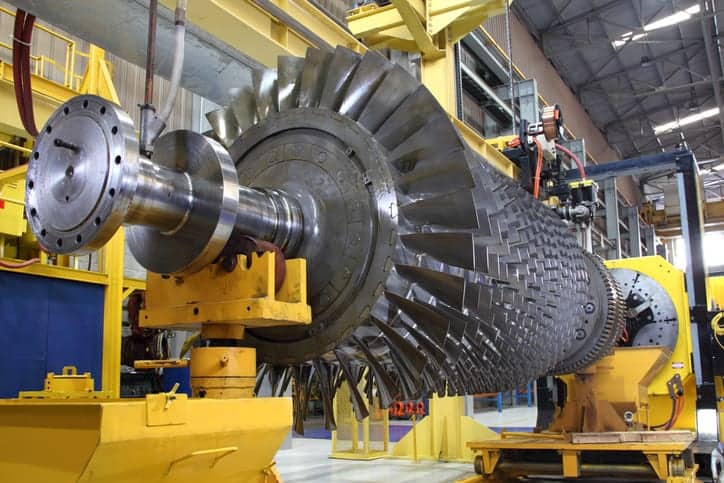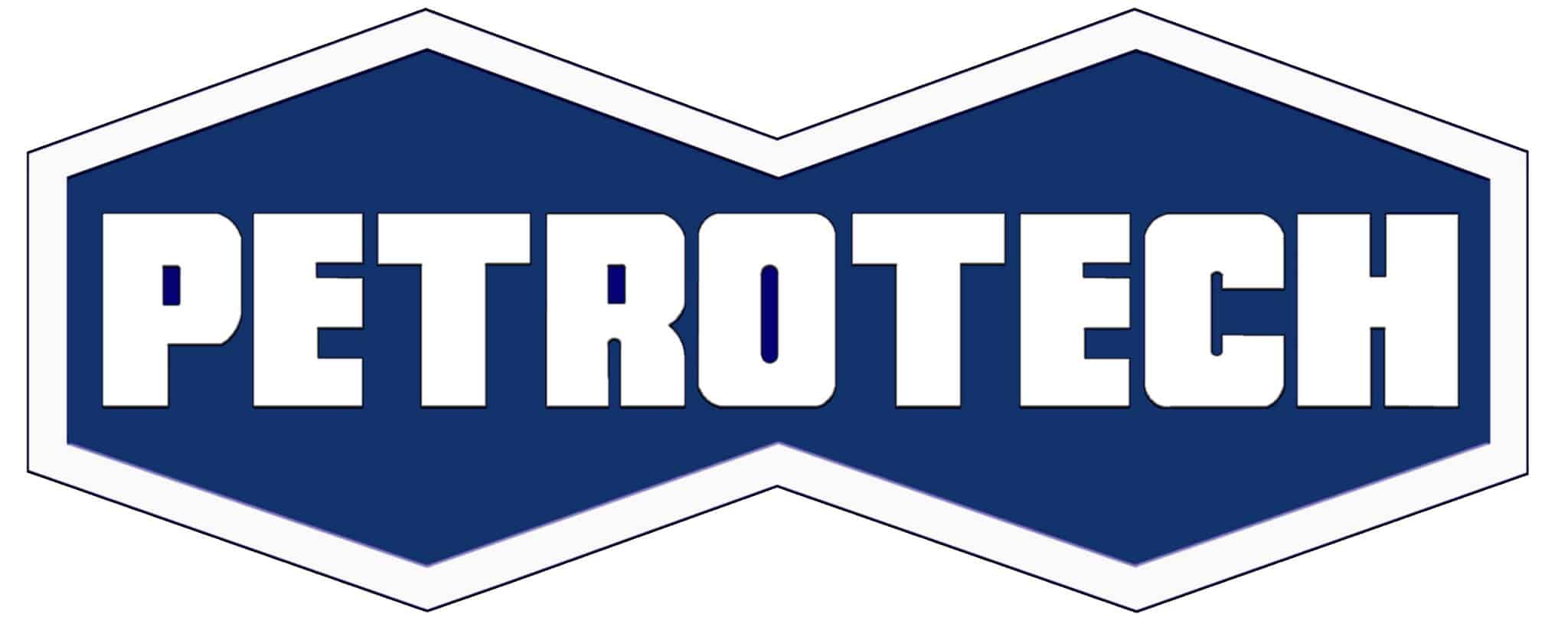
Gas vs. Steam Turbine
Making the right choice between utilizing a gas turbine vs steam turbine is crucial when setting up power generation plants, as each technology offers distinct features. In this article, we delve into how gas and steam turbines operate, their respective advantages and disadvantages, and provide a comprehensive comparison across various technical parameters.
Gas Turbine
A gas turbine operates on the principle of generating energy from the combustion of fuel and converting it into mechanical energy. The process begins with air intake from the atmosphere, which is subsequently pressurized by a compressor. Then, the compressed air passes into a combustion chamber. There it mixes with gaseous fuel, and undergoes combustion to further increase its temperature and pressure.
Next, this hot and pressurized air is channeled to flow over the turbine blades, where it expands and causes rotation of the blades. The torque from these blades is transmitted via its shaft to a generator to produce electricity. Hot air, which could be up to 1500℃, exhausts into the atmosphere or preheats air coming into the system. Gas turbines are renowned for their high power-to-weight ratios. This means they work well in weight sensitive applications such as aircraft propulsion.
Advantages of Gas Turbines
Gas turbines provide several benefits including:
- Fuel Flexibility: Gas turbines can operate on various types of fuel such as aviation fuel, natural gas, and diesel.
- High Power Density: Their power output is high in comparison to their size and weight.
- Quick Start-Up: They have rapid start-up times, which makes them ideal for applications with fluctuating power demands.
Disadvantages of Gas Turbines
Some downsides of using gas turbines are:
- Lower Efficiency at Partial Loads: Gas turbines are likely to experience a reduction in efficiency under partial loads.
- Emissions: Because they use hydrocarbons as fuel in the combustion process, the process results in the emission of pollutants such as NOx.
Steam Turbine
Unlike a gas turbine, a steam turbine is powered by the energy in hot, gaseous steam, thus, working like a cross between a wind turbine and a water turbine. For a steam turbine, a pump sends water into a boiler, which produces steam by utilizing the heat from coal or other fuel combustion.
Renewable thermal energy sources can also be the source of steam.
Moreover, in a combined cycle setup, the exhaust air from a gas turbine heats up water in the boiler to obtain steam. This setup works well because the highest internal temperature in a steam turbine ranges between 500 and 650℃, which is less than half of the exhaust air temperature from a gas turbine.
Typically, the steam passes through a series of boilers and intercoolers, where the pressure at each stage is higher than the previous. After the final boiler stage, the superheated steam passes over the turbine’s blades where it causes rotation of these blades as it expands and condenses. Generally, steam turbines are used for electricity generation, but can also serve in providing mechanical drive for various rotating equipment such as compressors and pumps.
Advantages of a Steam Turbine
The benefits of using steam turbines include:
- High Efficiency: The steam turbine can achieve high thermal efficiency vs a gas turbine, especially in large-scale power generation.
- Better Efficiency at Partial Loads: A steam turbine offers better efficiency when handling partial loads in comparison to a gas turbine.
- Lower Emissions: They produce lower emissions during operation, and renewable energy sources can serve in heating instead of hydrocarbons. In addition, the working fluid, which is water, can be reused.
Disadvantages of a Steam Turbine
- Slow Start-Up: Steam turbines have longer start-up times in comparison to gas turbines. So, they are not ideal for applications where power demands fluctuate frequently.
- Size and Weight: A typical steam turbine setup will have several stages of boilers and intercoolers, which occupy significant floor space. This setup gets larger and heavier as the power output increases, thus, limiting their use in certain applications.
Differences Between Gas Turbine vs Steam Turbine
Gas turbines and steam turbines are similar in that they both generate electricity and provide mechanical drive for equipment. However, they have unique features as the following table highlights.
| Parameters | Gas Turbines | Steam Turbines |
| Efficiency | Have lower efficiency values than steam turbines. The highest efficiency values achieved by OEMs is currently just over 60% | Thermodynamic efficiency ranges from 65% for small units (under 1000 kW) to over 90% for large industrial units. |
| Installation | Its main parts consist of just a compressor, combustion chamber and turbine. Thus, it occupies less space and is cheaper to install. | Usually has multiple stages of boilers and intercoolers that take up significant floor space. So, installing the same capacity is more expensive in comparison to gas turbines. |
| Execution | Operates using the Brayton cycle. | Executes a water-based cycle, which is the Rankine cycle. |
| Control | It is easier to control with fluctuating load conditions, but is less efficient during partial loading. | Difficult to control with fluctuating load conditions, but more efficient during partial loading. |
| Environmental Impact | Has more emission as it always uses hydrocarbons, and the exhaust air is vented to the atmosphere. | Gives off less emissions and can use renewable energy for heat generation. Also, the exhaust steam can be reused. |
| Maintenance | Offers a low-maintenance setup. | Utilizes several components, so requires more maintenance efforts. |
